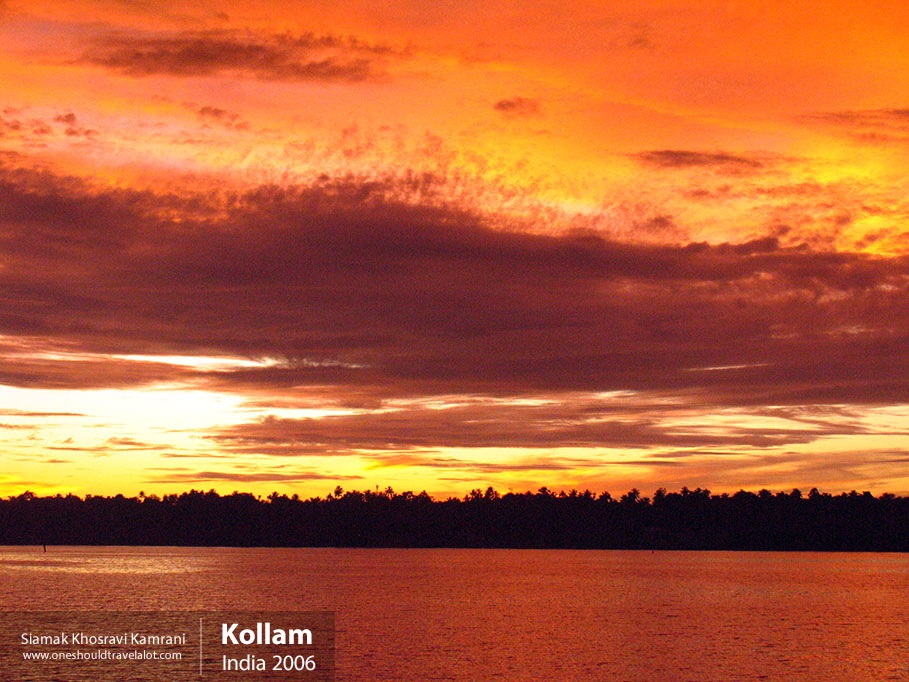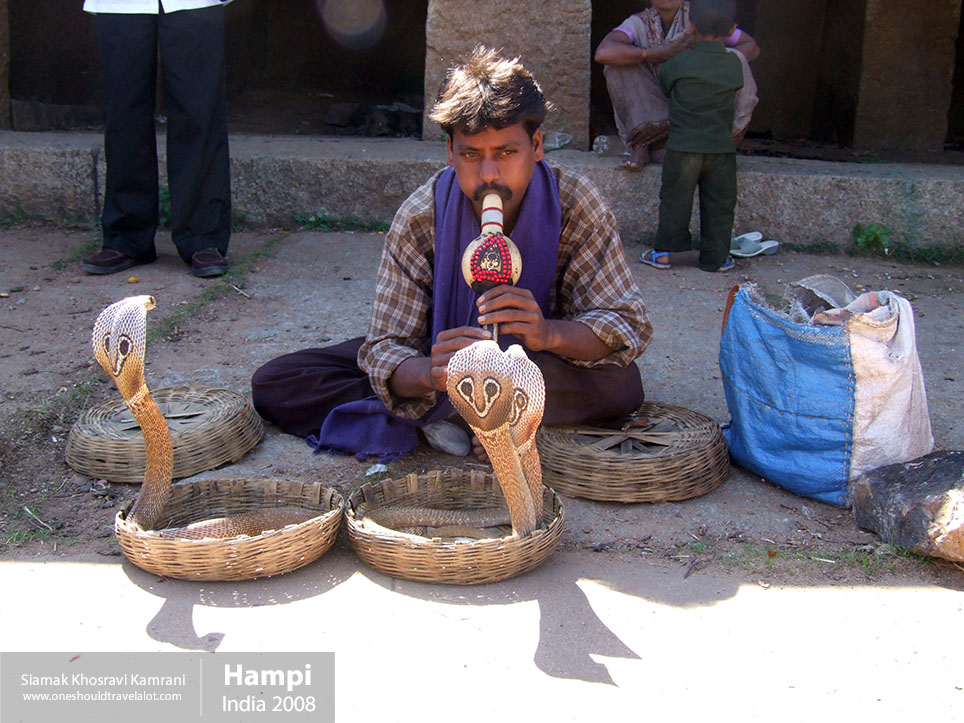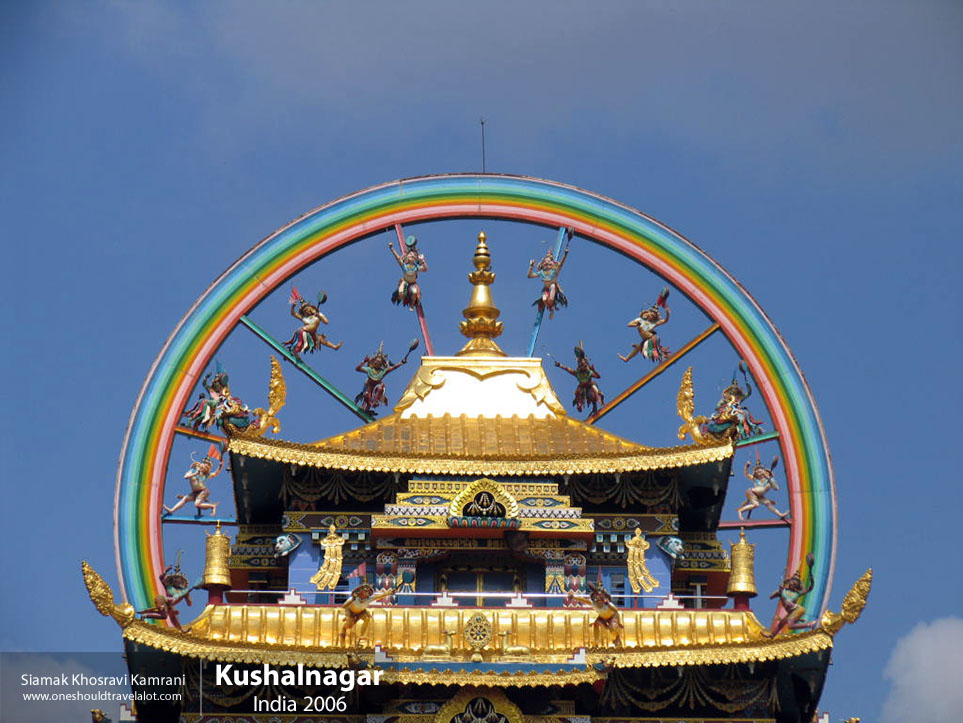Dharamsala: A Photographer’s Dream in the Himalayas
Nestled in the serene embrace of the mighty Himalayas, Dharamsala is a city that resonates with tranquility and spiritual enlightenment. As a young photographer, stepping into this city felt like opening a treasure chest of endless visual and cultural delights. My journey to Dharamsala was not just about capturing its breathtaking landscapes but also about immersing myself in its rich tapestry of culture, traditions, and the unique blend of Indian and Tibetan influences.
First Impressions of Dharamsala
Arriving in Dharamsala, the first thing that struck me was the sheer beauty of the landscape. The city is divided into two distinct parts: the lower town, Dharamsala, and the upper town, McLeod Ganj. The lower town is a bustling hub of activity with markets, shops, and a sense of everyday Indian life. However, as I made my way to McLeod Ganj, the atmosphere transformed into a serene and spiritual enclave, home to the Tibetan community and the residence of the Dalai Lama.
The standard of living in Dharamsala is modest, reflecting a simple yet fulfilling lifestyle. The people here lead lives deeply connected to nature and spirituality, and this is evident in their warm and welcoming demeanor. The societal conditions are peaceful, with a strong sense of community and mutual respect among the diverse ethnic groups that call Dharamsala home.
The Rich Tapestry of Culture and Traditions
Dharamsala is a melting pot of cultures, with a significant Tibetan population that has brought with it a wealth of traditions, customs, and religious practices. Walking through the streets of McLeod Ganj, I was greeted with the sight of monks in maroon robes, the sound of Tibetan chants, and the aroma of freshly brewed butter tea.
One of the highlights of my visit was the opportunity to attend a traditional Tibetan Buddhist ceremony at the Tsuglagkhang Complex, which houses the Dalai Lama’s temple. The experience was profoundly moving, with the rhythmic chanting of the monks and the swirling incense creating an atmosphere of deep spirituality. As I captured the ceremony through my lens, I felt a sense of reverence and peace that words can hardly describe.
Exploring the Landscapes
The natural beauty of Dharamsala is nothing short of mesmerizing. The city is surrounded by dense coniferous forests, and the Dhauladhar range provides a stunning backdrop. One of my favorite spots for photography was Triund Hill, a popular trekking destination. The trek to Triund is relatively easy, and the panoramic views from the top are absolutely worth the effort. Standing at the summit, with the snow-capped peaks of the Dhauladhar range stretching out before me, I felt a profound connection to the natural world.
Another gem in Dharamsala is the Bhagsu Waterfall. The cascading waters, set against the lush greenery, create a picturesque scene that is a photographer’s dream. I spent hours here, trying to capture the play of light and shadow on the water, and the sheer energy of the place.
Immersing in Local Life
To truly understand a city, one must spend time with its people. In Dharamsala, I had the pleasure of interacting with both the local Indian population and the Tibetan community. The local markets are a hive of activity, with vendors selling everything from fresh produce to handcrafted souvenirs. The Kotwali Bazaar in Lower Dharamsala is particularly vibrant, and I spent a delightful afternoon here, photographing the bustling market scenes and chatting with the friendly shopkeepers.
In McLeod Ganj, I visited the Tibetan Institute of Performing Arts, where I had the chance to watch a traditional Tibetan dance performance. The dancers, adorned in colorful costumes, moved with grace and precision, telling stories through their intricate movements. Capturing this performance was a challenge, but also immensely rewarding, as it allowed me to delve deeper into the cultural heritage of the Tibetan people.
The Gastronomic Delights
Dharamsala offers a unique culinary experience, with a fusion of Indian and Tibetan cuisines. One of the highlights of my gastronomic journey was trying momos, a type of Tibetan dumpling, at a local eatery. These delicious parcels of joy, filled with vegetables or meat, are served with a spicy dipping sauce that adds a burst of flavor.
Another must-try is thukpa, a hearty Tibetan noodle soup that is perfect for the cool mountain climate. I found a cozy little café in McLeod Ganj where I enjoyed a bowl of thukpa, accompanied by the stunning views of the mountains. The café culture in Dharamsala is quite vibrant, with many establishments offering free Wi-Fi and a relaxed atmosphere, making them perfect spots for photographers and writers alike to relax and work.
The Spiritual Essence
Dharamsala is not just a feast for the eyes but also a balm for the soul. The spiritual essence of the city is palpable, and I made it a point to spend time at some of the renowned meditation centers and monasteries. The Tushita Meditation Centre, located in the forests above McLeod Ganj, offers courses and retreats in Buddhism and meditation. I attended a short meditation session here, and the experience was incredibly grounding and enlightening.
The Norbulingka Institute, dedicated to preserving Tibetan culture, is another place that left a lasting impression on me. The institute is a serene oasis, with beautifully landscaped gardens, traditional Tibetan architecture, and workshops where artisans create exquisite handicrafts. As I walked through the institute, capturing its beauty through my lens, I felt a deep appreciation for the efforts to preserve and promote Tibetan culture.
The People of Dharamsala
One of the most enriching aspects of my journey was the interactions with the people of Dharamsala. The locals, both Indian and Tibetan, are warm, friendly, and always willing to share their stories. I met a young Tibetan monk who told me about his journey from Tibet to India, and how he found peace and purpose in Dharamsala. His story, like many others I heard, was a testament to the resilience and spirit of the Tibetan community.
I also had the pleasure of meeting local artisans who create beautiful handicrafts that reflect the rich cultural heritage of the region. From intricate thangka paintings to hand-woven carpets, the craftsmanship is truly remarkable. Photographing these artisans at work was a humbling experience, as it allowed me to witness their dedication and passion firsthand.



